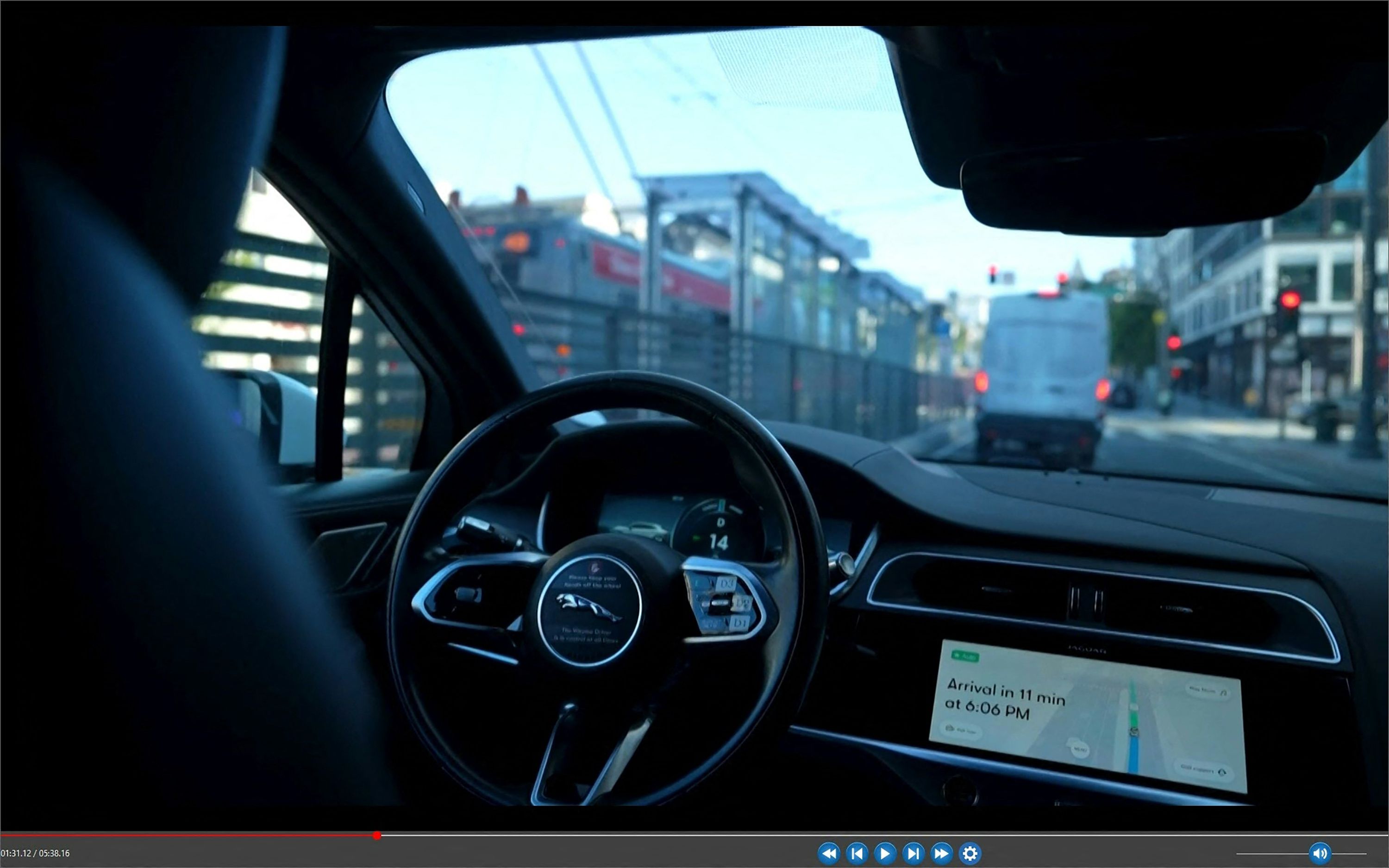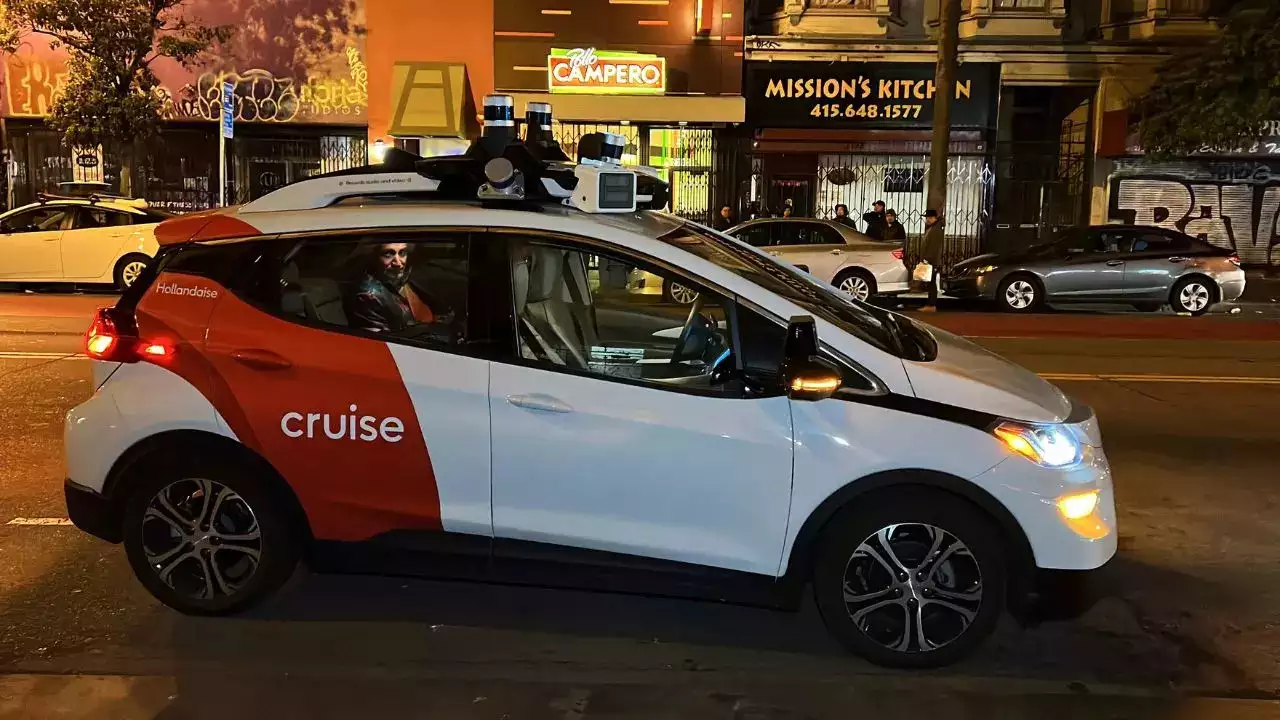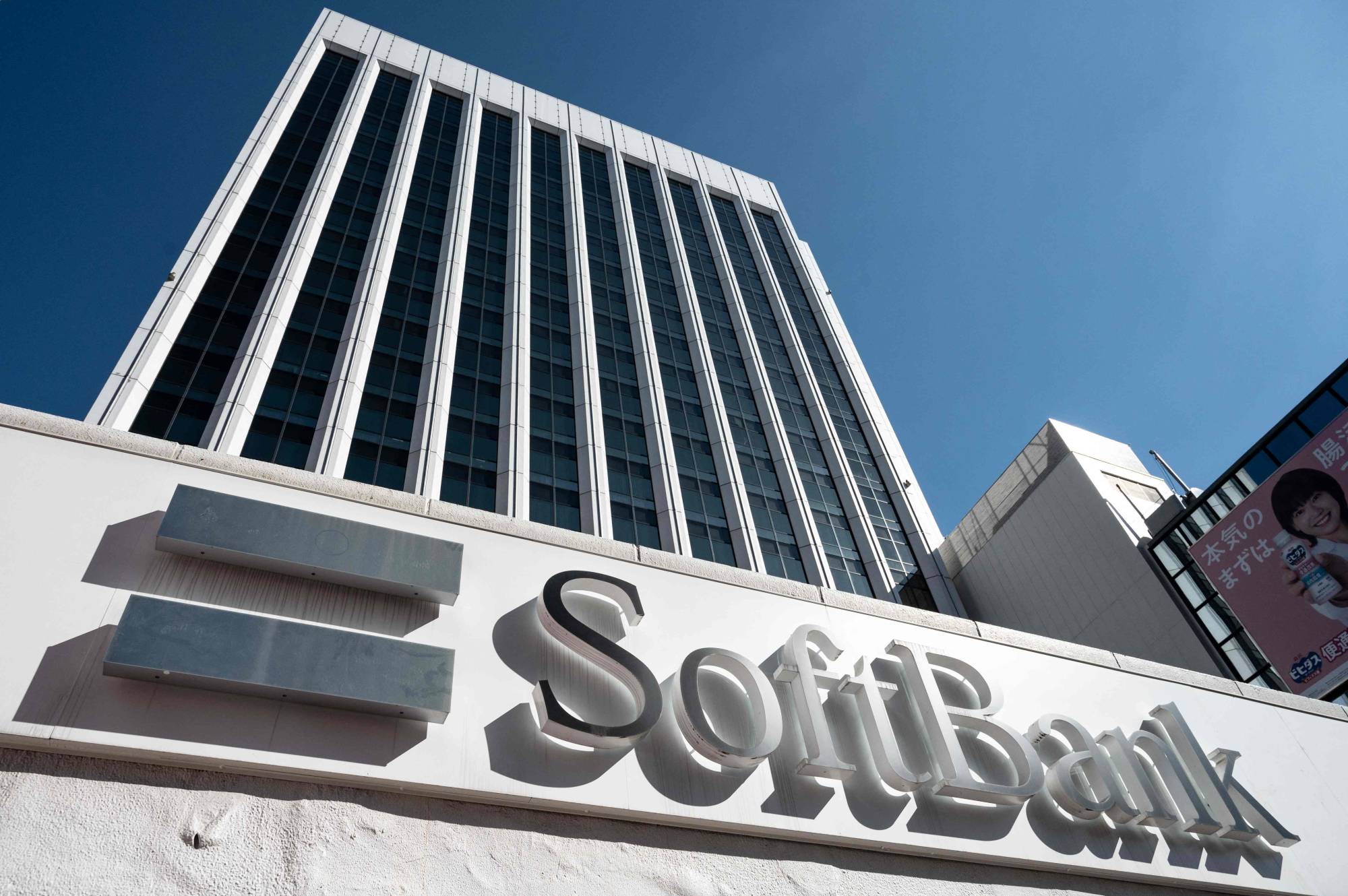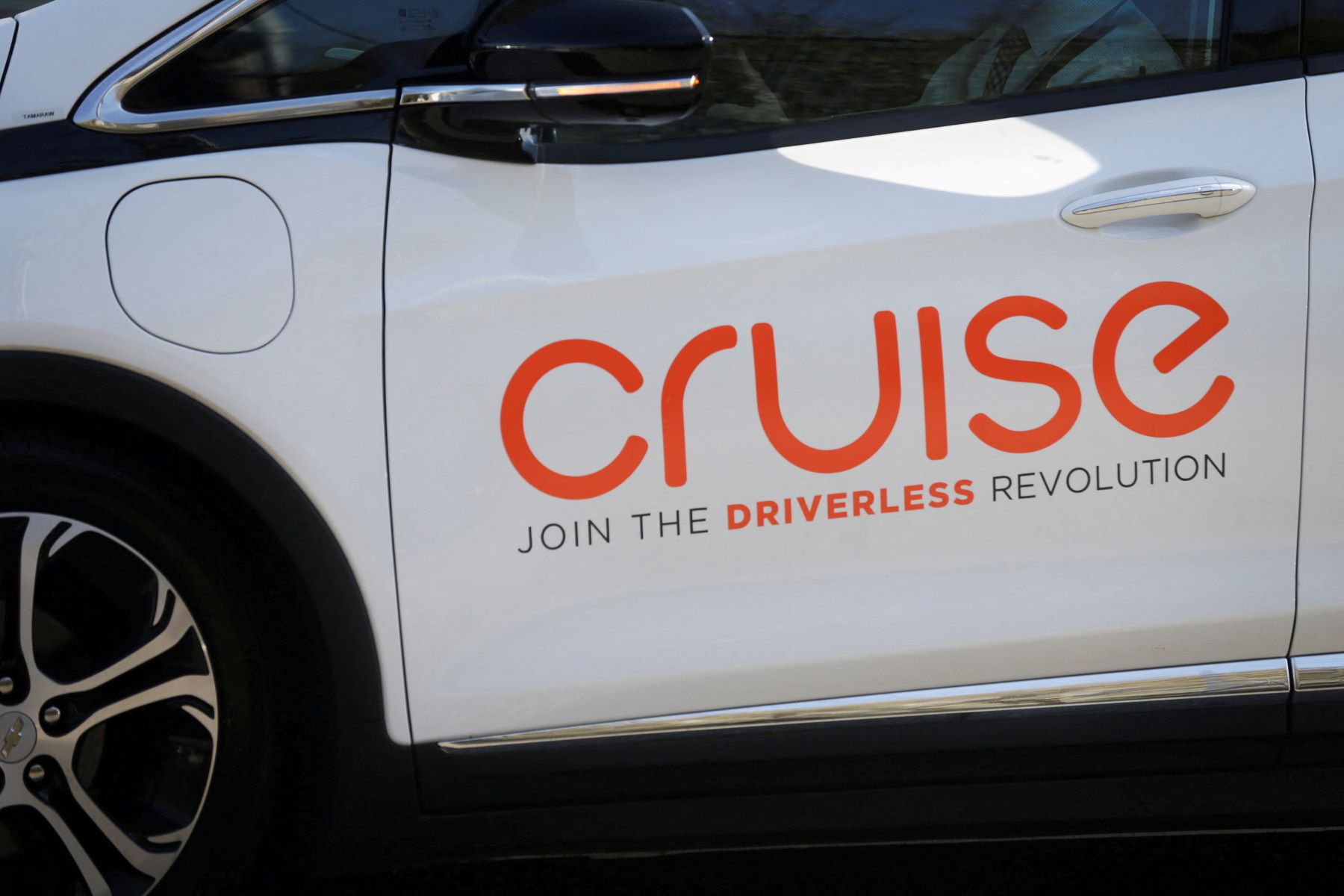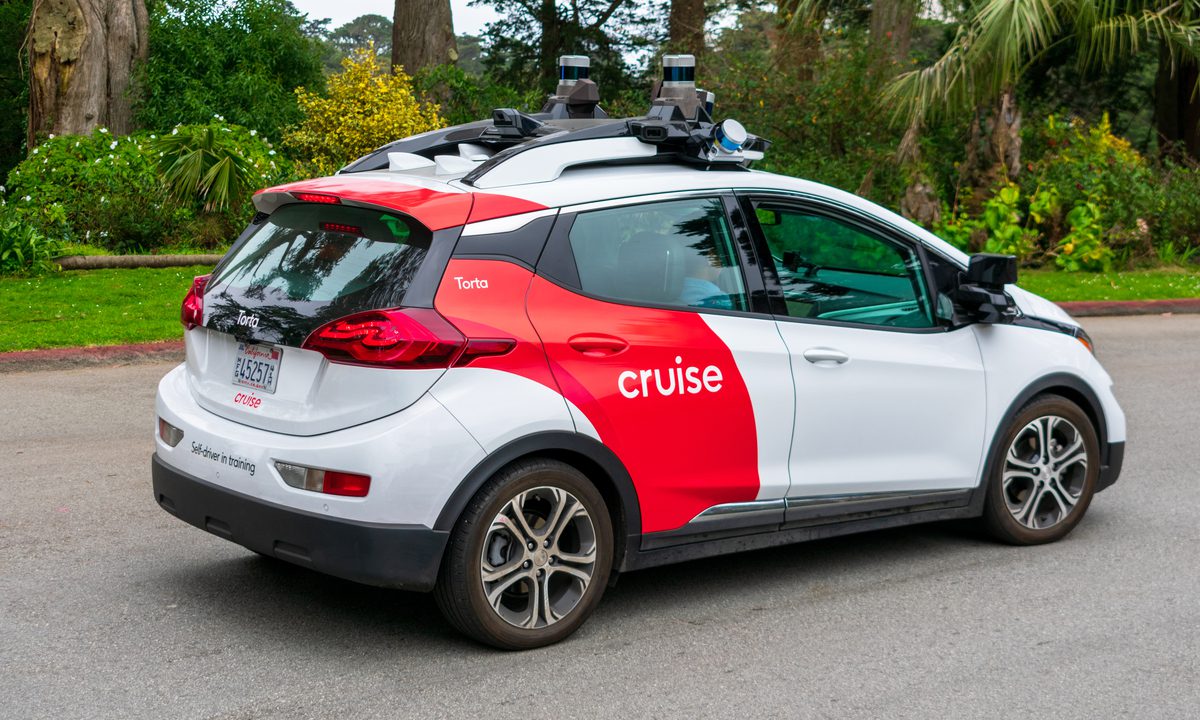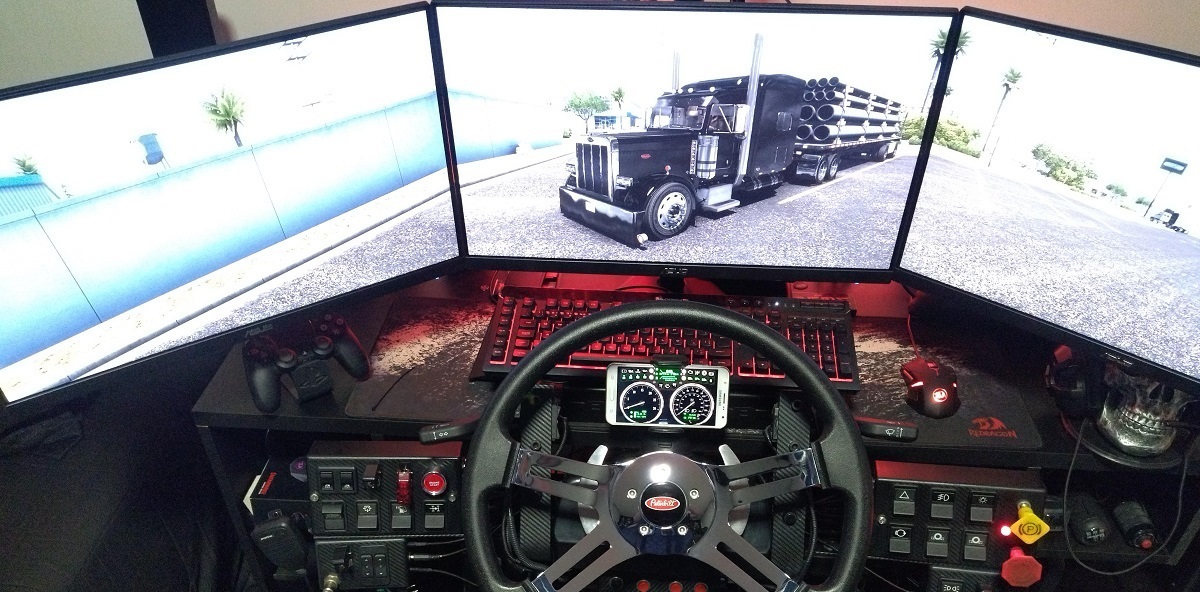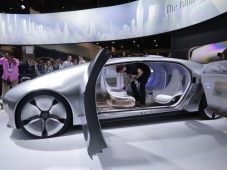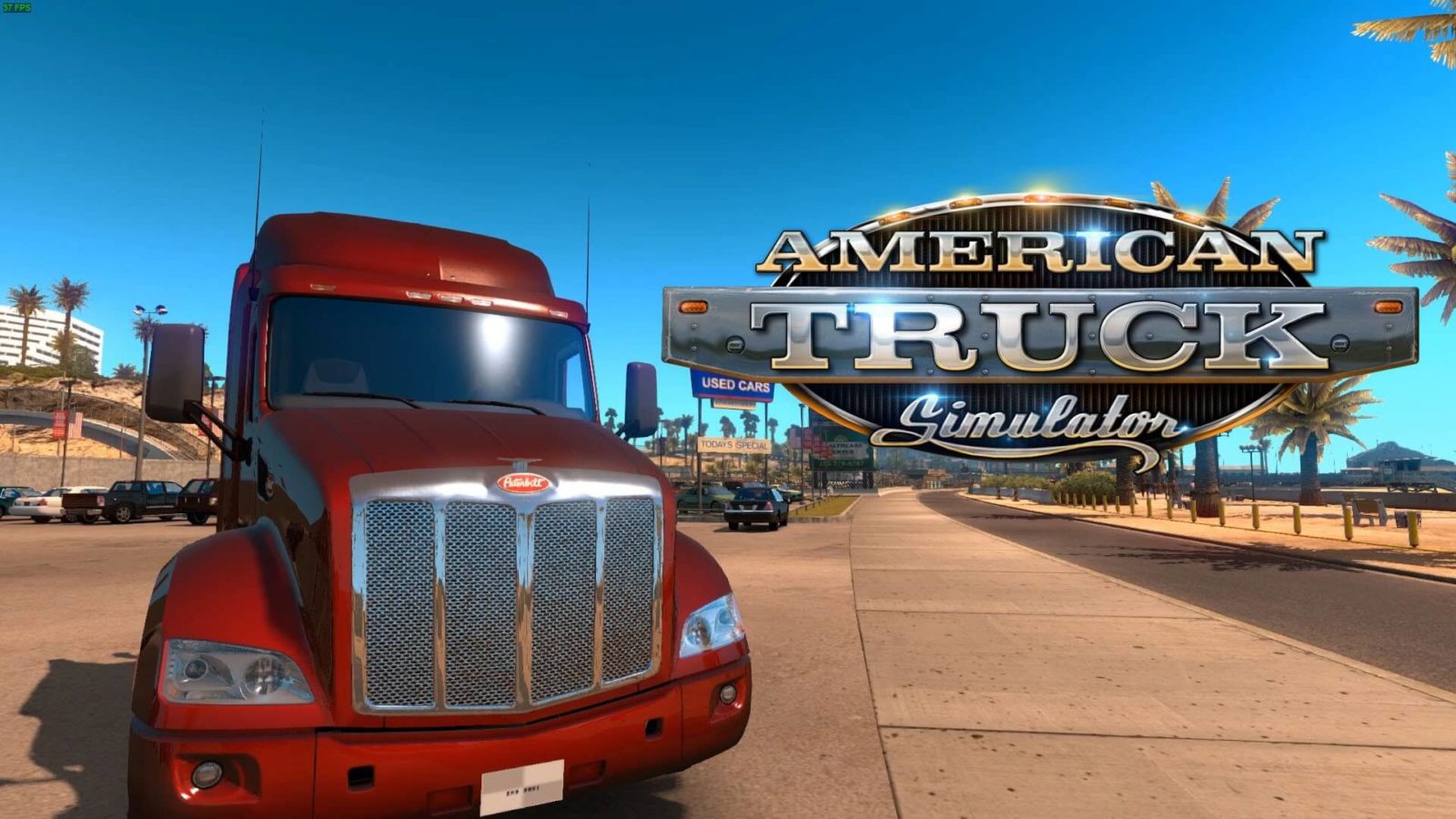Cruise, the autonomous vehicle company backed by General Motors (GM), is on the verge of a major milestone. The company’s CEO, Kyle Vogt, announced at an investor conference that Cruise is just days away from receiving the approval to commence mass production of its purpose-built autonomous vehicle. This vehicle is unique in that it does not have a steering wheel or pedals, making it fully autonomous.
Key Takeaway
Cruise is on the verge of receiving approval to mass-produce its fully autonomous vehicles without steering wheels or pedals. However, it still needs an exemption from existing motor vehicle safety standards. Cruise’s past incidents involving its autonomous vehicles have raised concerns and put the company under scrutiny.
Regulatory Obstacles
However, before Cruise can begin mass production, it needs an exemption from the federal government’s motor vehicle safety standards, which currently require vehicles to have a steering wheel and pedals. The National Highway Traffic Safety Administration (NHTSA) has not yet reached a decision on GM’s petition, but a new rule-making is expected to be announced in September. If this rule is passed, it will not only benefit Cruise but also Amazon’s Zoox, a competitor that has built a similar type of autonomous vehicle.
The Cruise Origin AV
Cruise unveiled its Origin AV, designed for both autonomous ride-hailing and delivery purposes, in early 2020. The company aims to deploy “tens of thousands” of Origins on the streets of major U.S. cities in the coming years. However, the lengthy regulatory processes have delayed the start of mass production. Cruise has been actively testing the Origins in cities such as San Francisco and Austin, where they operate.
Safety Concerns
Cruise’s ability to gain regulatory approval will depend on addressing safety concerns related to its existing autonomous vehicles. The company currently operates fleets of Chevy Bolt AVs in San Francisco, Austin, and Phoenix, with plans for further expansion. However, recent incidents involving stalled vehicles causing traffic jams and blocking emergency responders have put Cruise under scrutiny. The California Department of Motor Vehicles even requested Cruise to reduce its fleet size after one of its vehicles collided with a fire truck, resulting in passenger injuries. The company also faced criticism after a robotaxi allegedly blocked the path of an ambulance. Despite showing footage to refute the accusation, Cruise’s reputation has taken a hit.
The Future of Autonomous Vehicles
Vogt expressed concern about the resistance to robotaxis and the potential setback it could cause in terms of technological advancements. He emphasized the importance of embracing innovation to make roads safer and save lives. Vogt believes that stalling the progress of autonomous vehicles due to mistakes that pioneers in the field might make would be detrimental to society’s overall road safety goals.







